No products in the cart.
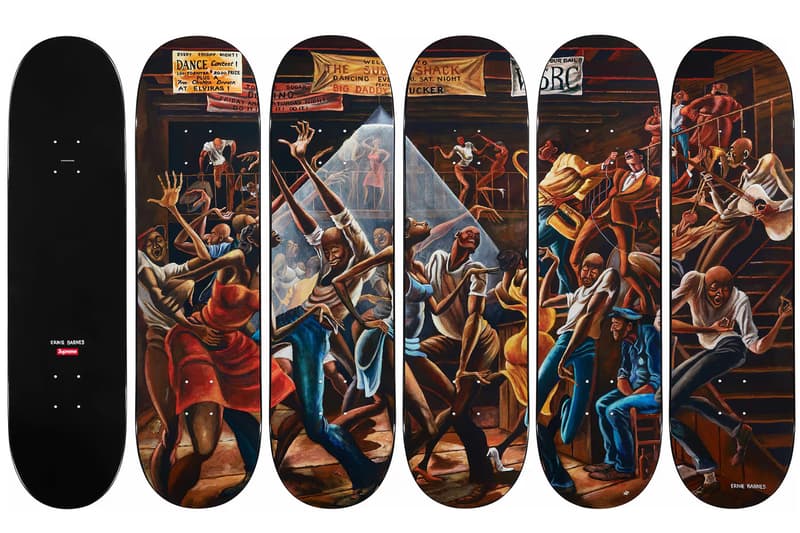
Supreme's 2025 Spring and Summer series recently released brings a large number of new products, the most eye-catching of the surprise collaboration with a number of artists. From the most iconic animal specimen installation by British artist Damien Hirst, the representative paintings of American artist Ernie Barnes to the cover of the bikini spoof album by British pioneer electronic musician Aphex Twin, you can also see the potential of the skateboard community OG artist Sean Cliver and the American New Generation. The works of artist Mario Ayala, this season's artists have a lot of sincerity. This time, Gdqun will take a look at the artists Supreme favored this season.
Damien Hirst
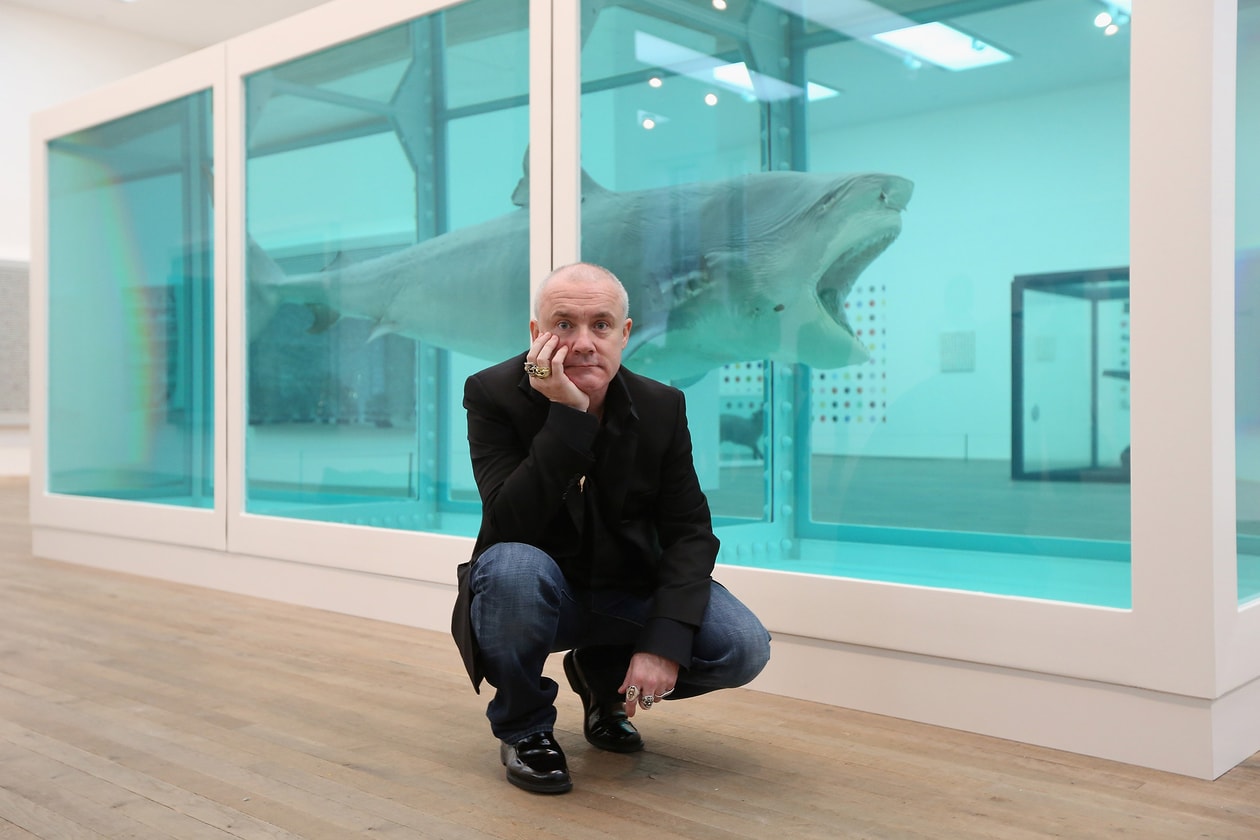
Damien Hirst, a famous British concept artist, is also one of the most controversial and influential artists in the field of contemporary art. While studying at Goldsmiths College, Hirst made a famous appearance in 1988 by planning the independent student exhibition “Freeze”, which was later considered the origin of the influential “Young British Artist”, namely YBA. His works focus on in-depth discussions on life, death, science and religion, and challenge the moral boundaries between traditional artistic concepts and the public through iconic symbols such as animal specimens, medicine cabinets, and polka dot strokes. Hirst's works are often regarded as a continuation of “concept art” and “ready-made art”, but its core is closer to an “existential device”: he simulates order by preserving death (such as animal specimens) and imitating order (such as medicine cabinets). or hallucinations (such as butterflies on a spinning painting), forcing the audience to face the fragility of life and the limitations of human cognition.
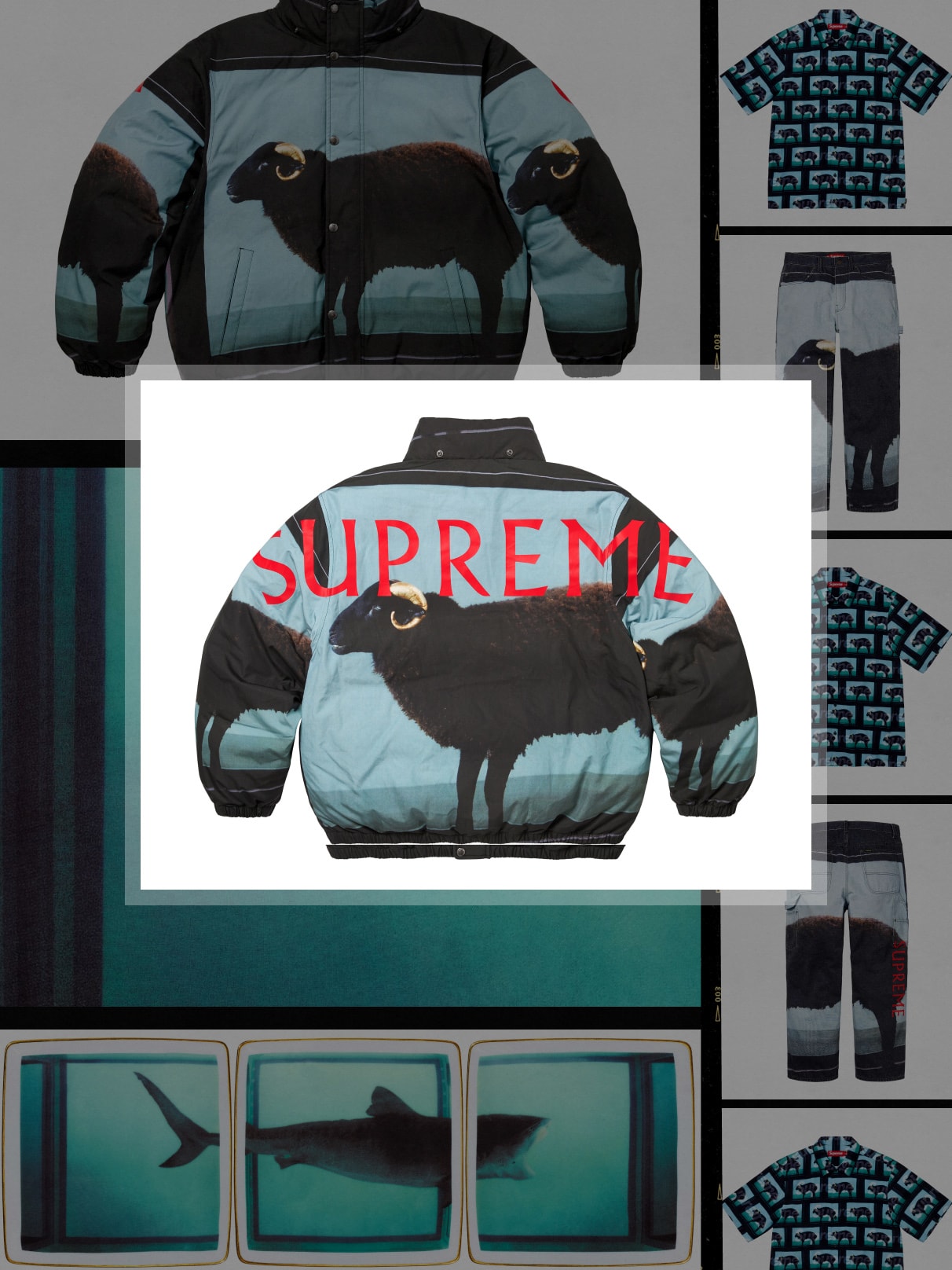
This season Supreme is used by two of its masterpieces, “The Physical Impossibility of Death in the Mind of Someone Living” and “The Black Sheep with the Golden Horn”. The former is translated in Chinese as “The Living Is Indifferent to the Dead”, a work commissioned by British collector Charles Saatchi. Hirst sealed a 14-foot-long tiger shark in a glass display cabinet with formalin solution, symbolizing life and Tension between death. Hirst hopes the shark is “big enough to devour the viewer” to create an intuitive impact.
The work was first exhibited in 1992 and quickly became one of the hallmarks of the British Young Artists (YBA) movement. Due to preservation issues, the original shark was replaced by a new specimen in 2006, which triggered a philosophical discussion on the “ontology of the work”. “The Black Sheep with the Golden Horn” (2007) is part of Hirst's “Natural History” series. The work immerses a black sheep in formalin solution and installs golden horns to explore themes such as religious symbols, sacrifice and death. Hirst often uses animal specimens to question the meaning of life, and the image of Black Sheep is often associated with rebellion or heresy in culture.
Ernie Barnes
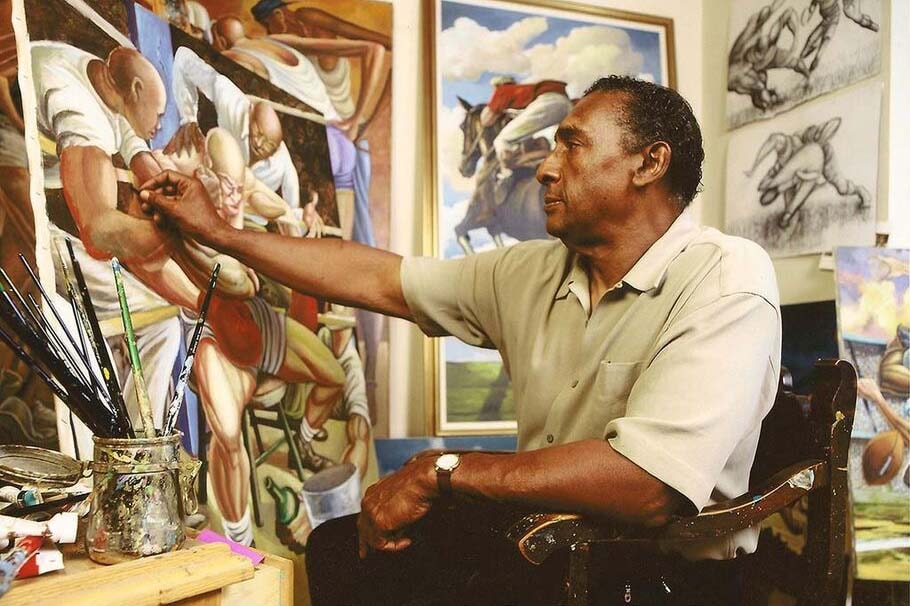
Ernie Barnes (1938-2009) is the first legendary figure in American history to transform from a professional athlete to a professional painter. Born in Durham, North Carolina, Barnes has shown his talent for painting since childhood, but the road to art is not smooth in the context of apartheid. He entered North Carolina Central University with a football scholarship and became an NFL professional in 1960, playing for teams such as the Baltimore Colts, the New York Titans. However, he still insisted on painting during training, and his teammates at the time called him “Big Rembrandt”. In addition to walking from the rugby stadium to the palace of art, Ernie Barnes is also an actor and has participated in films and TV series such as “Doctors' Wives”.
Barnes' artistic style is known for the “Elongation Technique elongation technique”. The characters' limbs are exaggerated and extended, presenting a flowing rhythm. This technique originates from his observation of body dynamics during movement. His works focus more on life scenes in the African-American community, such as dances, street parties and sports events, which are both dynamic and implicit reflections on racial and social issues. Barnes' artistic influence far exceeds that of canvas. In 1984, he created track and field theme posters for the Los Angeles Olympics, and was favored by celebrities in sports and entertainment. His paintings have become the album covers of many musicians, including BB King's “Making Love”. is Good For You. After experiencing that “critical” car accident, Kanye West also commissioned him to create “A Life Restored” (2005), which uses symbolic techniques to present the journey from trauma to redemption.
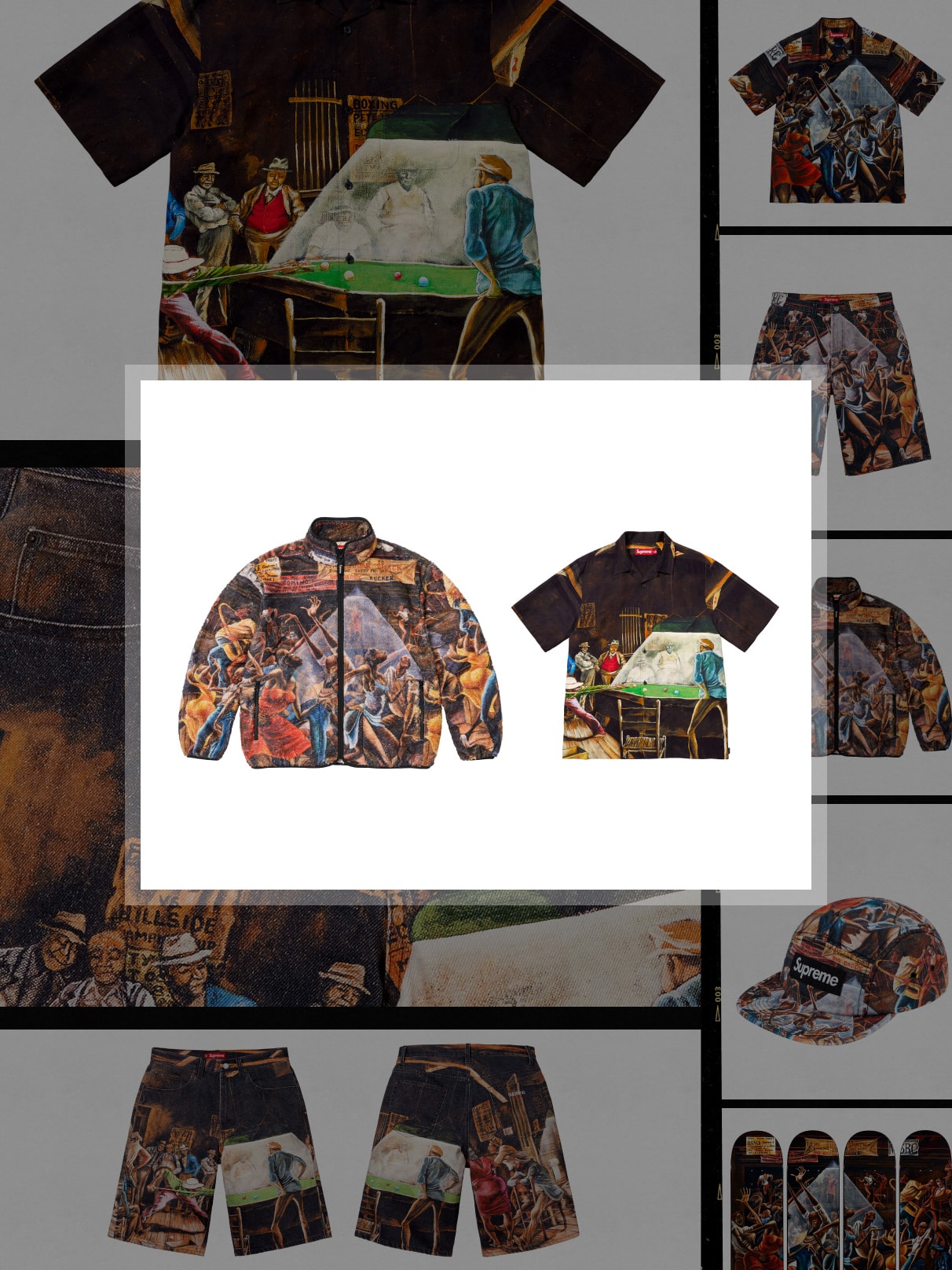
This season Supreme uses two of its representative paintings, The Sugar Shack and Main Street Pool Hall. The Sugar Shack depicts the Durham community dance scene, inspired by his experience of sneaking into the dance hall when he was a teenager who violated his mother's ban. The painting is widely known for being used by soul singer Marvin Gaye as the cover of the album “I Want You” and appeared at the end of the sitcom “Good Times”. Another work, Main Street Pool Hall, captures the hustle and delicate emotions of street culture with rough brushstrokes.
Aphex Twin
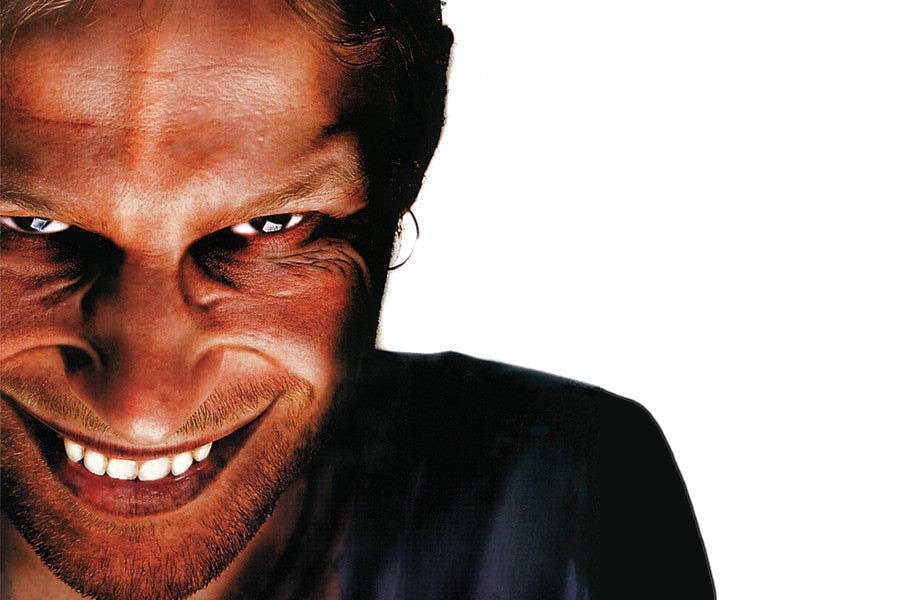
Aphex Twin, whose real name is Richard David James, is one of the most influential artists in the field of electronic music. His musical style spans multiple genres such as Ambient, Intelligent Dance (IDM), Techno, and other genres, and is known for its complex rhythm arrangement and unique sound experiments. However, not only is Aphex Twin innovative in sound, his visual art is just as grotesque, surreal and experimental, forming an inseparable whole with his music.
Aphex Twin's visual art style is very personal, especially his iconic weird smile and distorted self-portrait, which has become one of the classic elements in the history of electronic music. The establishment of this style is closely related to his long-time artist Chris Cunningham and design studio The Designers Republic. On the cover of 1995's album I Care Because You Do and 1996's Richard D. James Album, Aphex Twin used his facial portrait directly, but extremistly, making it look weird and quirky. ridicule. Through digital deformation, filter processing and exaggerated smile, his portrait seems to have become the entrance to the surreal world. In addition, his musical videos are also very visually impactful. For example, in the Come to Daddy MV directed by Chris Cunningham, the kids all wore Aphex Twin’s faces, giving a disturbingly weird atmosphere.
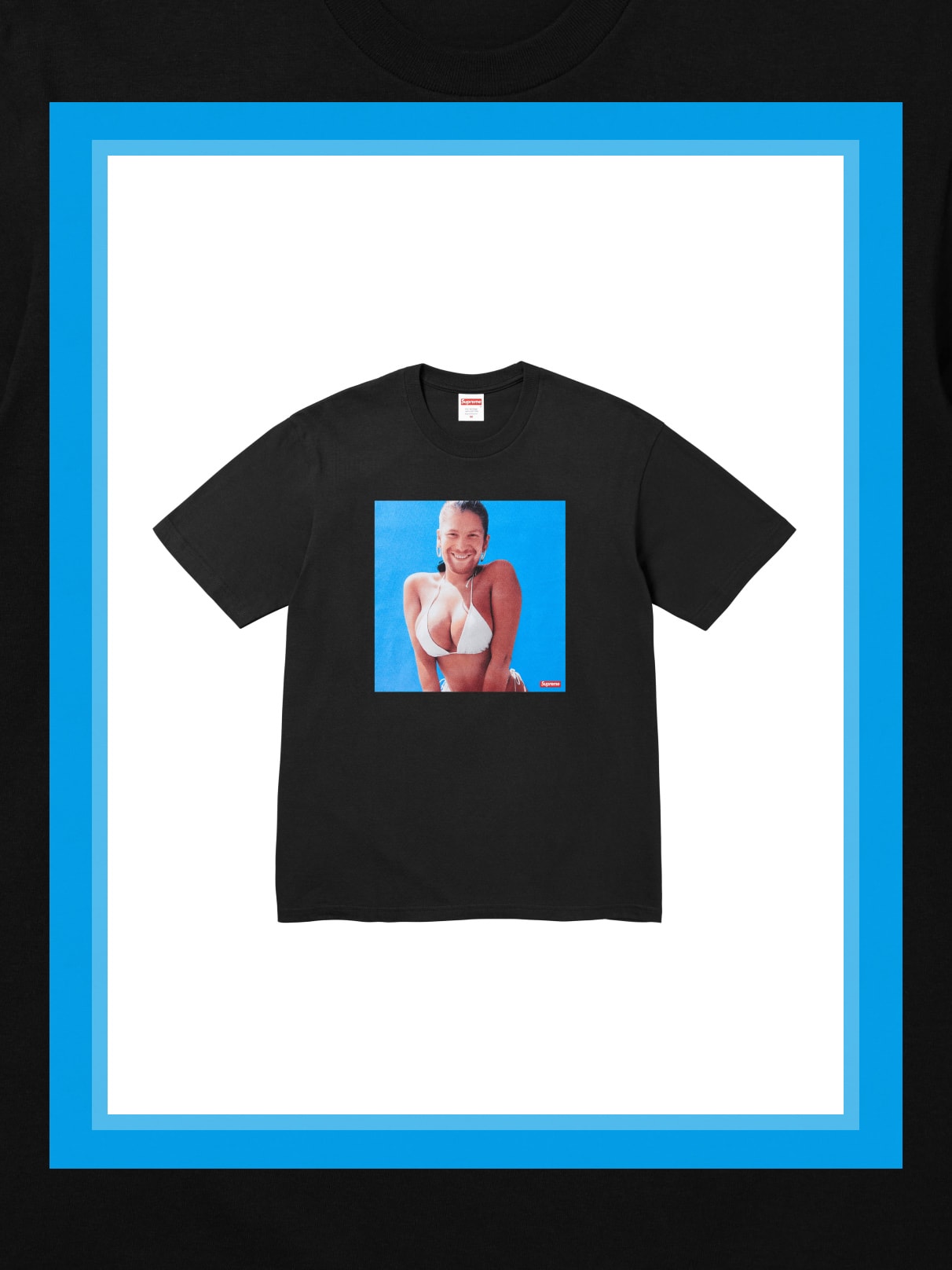
This season Supreme uses printed patterns from the cover of the album “Windowlicker” released by Aphex Twin in 1999. The cover was designed by Chris Cunningham, and the face of the bikini female model was replaced with the iconic smiley face of Aphex Twin. This visual “gender dislocation” is full of jokes and discomfort, perfectly fits Aphex Twin's subversive and spoof spirit of popular culture.
Be cliver
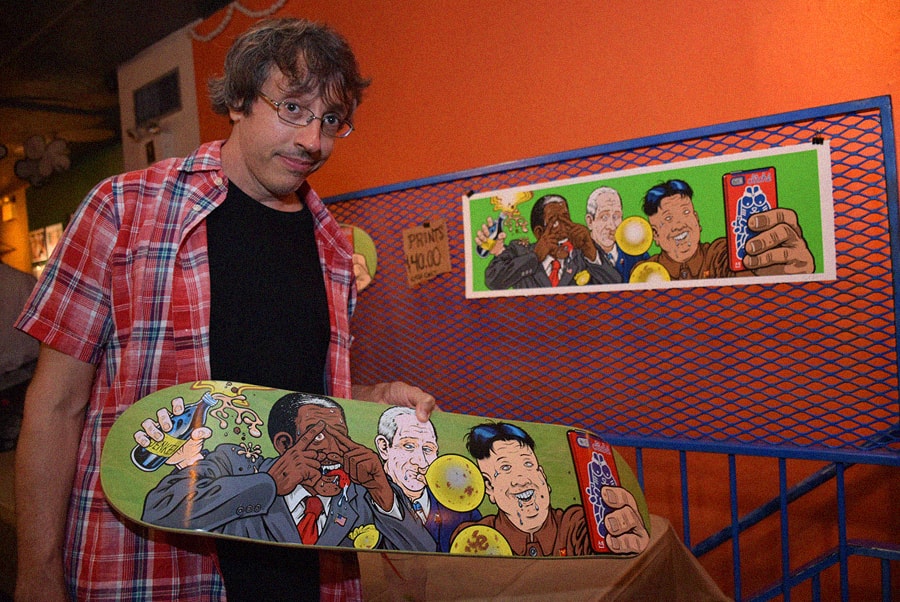
Sean Cliver is an American artist, writer, photographer and producer who began his career in 1989 when he worked as a designer for skateboarding brand Powell-Peralta. This opened up his way into skateboarding culture and prompted him to become one of the key figures in skateboarding art in the 1990s. He then joined the skateboard magazine Big Brother as editor, and therefore entered the film and television industry, as a screenwriter and producer of reality shows such as Jackass, Wildboyz, and Bad Grandpa. The book “Disposable: A History of Skateboard Art” written by him systematically sorted out the development history of skateboard patterns and recorded the visual evolution of skateboard culture.
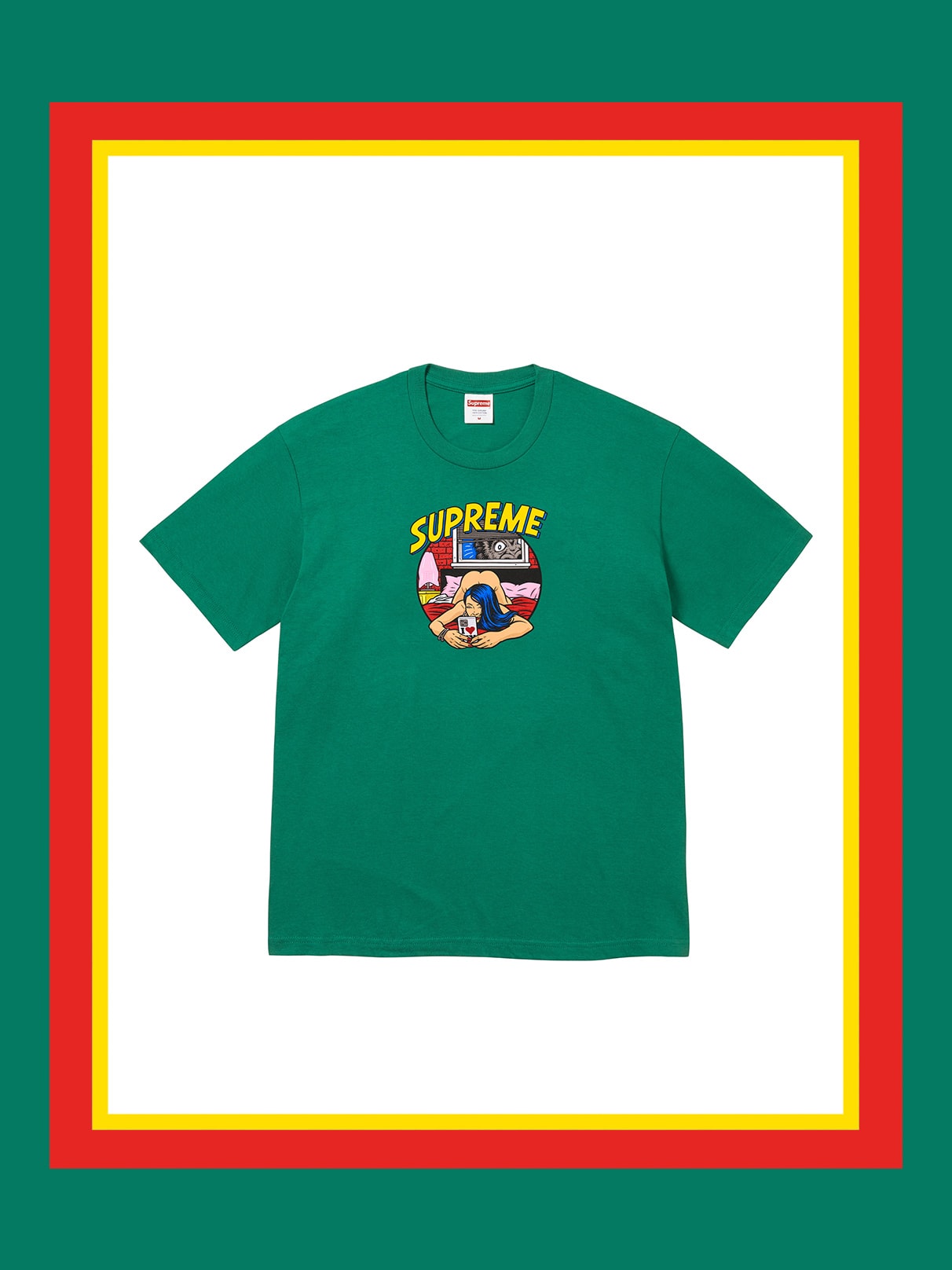
As an artist, Cliver’s work features black humor, satire and pop culture appropriation, specializing in subverting familiar images of the masses, visually full of grotesque, spoofs and surreal elements. Cliver's influence in the fashion industry cannot be ignored. It has cooperated with Supreme many times before and has launched joint shoes with Nike SB. This season Supreme brings a printed Tee with Sean Cliver illustrations.
Mario Ayala
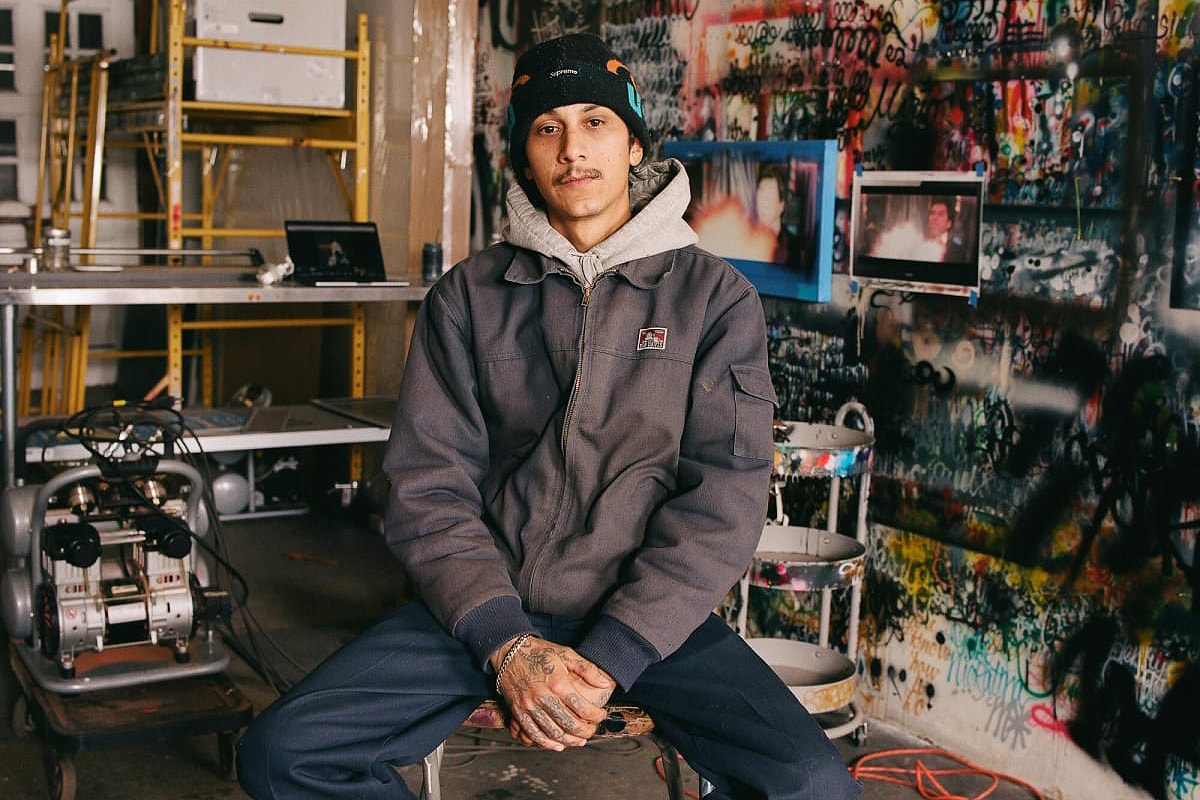
Mario Ayala is a contemporary artist known for his multicultural perspective and unique visual language. He grew up in Los Angeles and lived and created here for a long time, and the city's cultural diversity deeply influenced his artistic style. Ayala graduated from the San Francisco Art Institute in 2014 and received the Yale Norfolk Fellowship in 2012. In 2014, he participated in the residency program of the prestigious Skowhegan Academy of Painting and Sculpture.
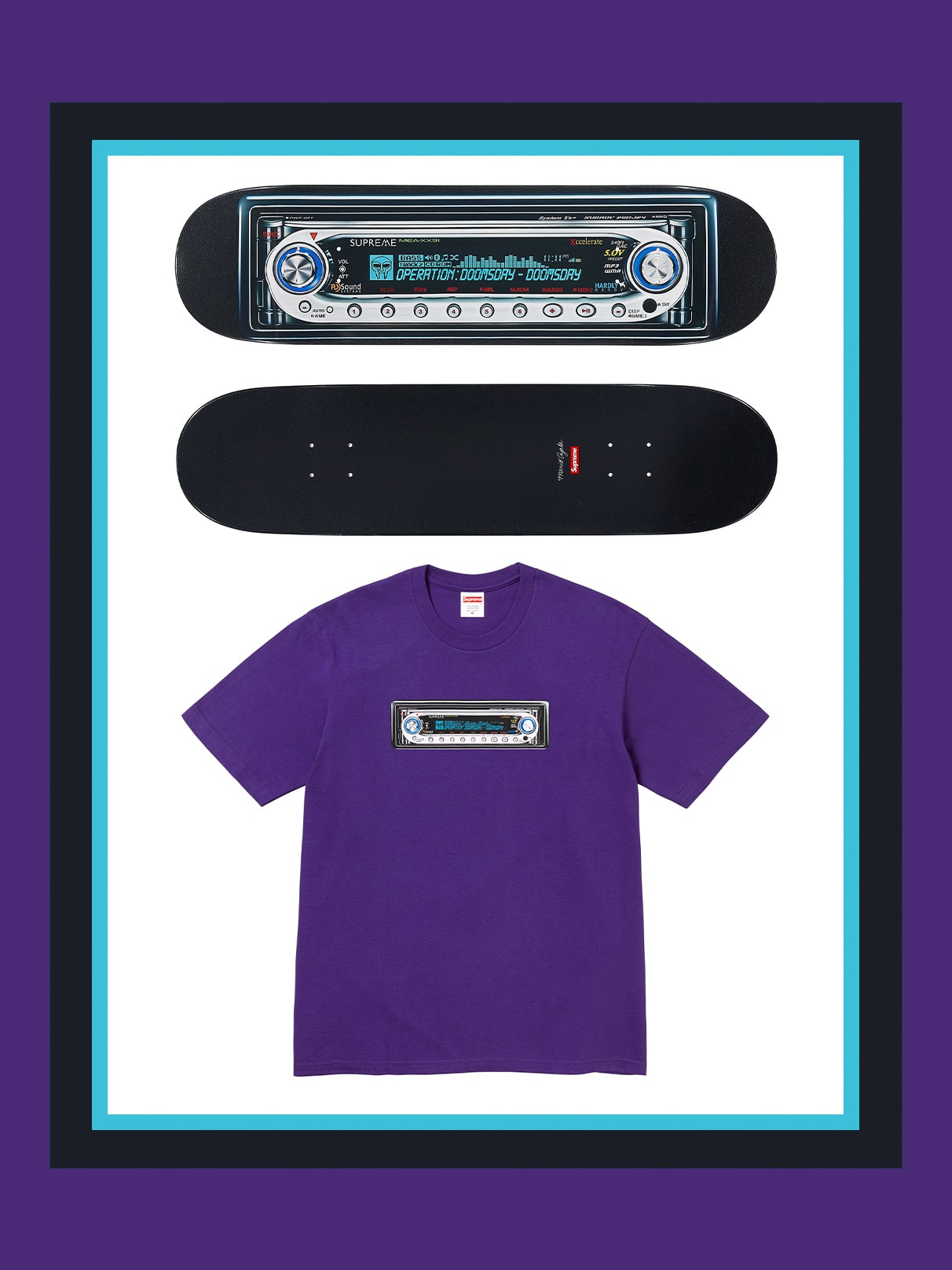
Mario Ayala’s artistic style is known for its unique blend of airbrushing techniques and multiculturalism, blending elements of surrealism and narrative. His works are deeply influenced by his Latino identity and Californian native culture, especially the low chassis aesthetics, hand-painted store signs, tattoo art and car customization culture. This season, Supreme and Mario Ayala, launched Tee and the paintings printed on the skateboard, are also secondary creations of his childhood memories – Old MP3 plays the album “Operation: Doomsday” by OG hip-hop singer MF Doom.
Read the full text
GDQUN ,gdqun.com



